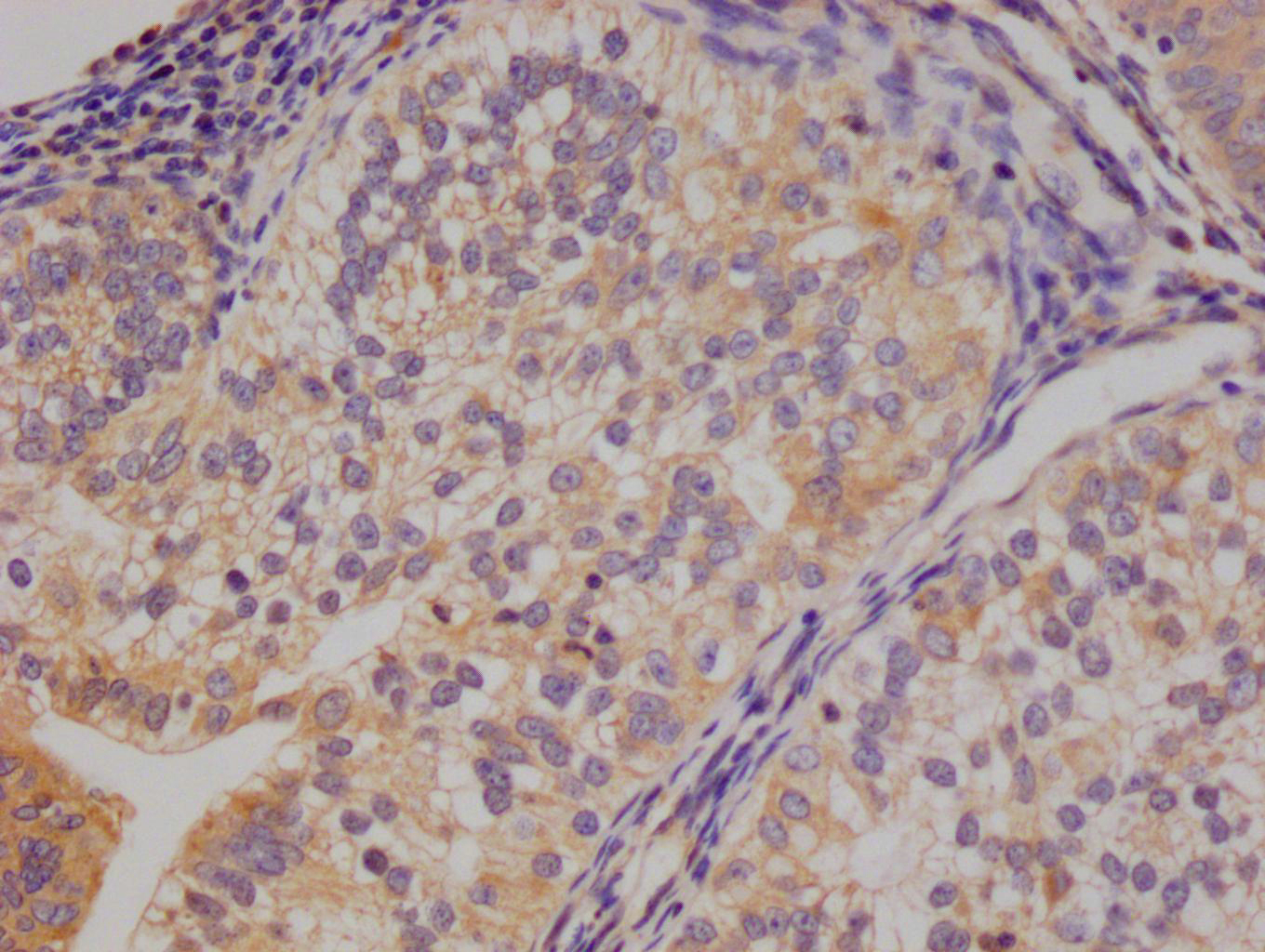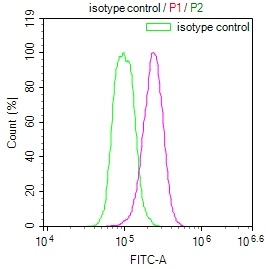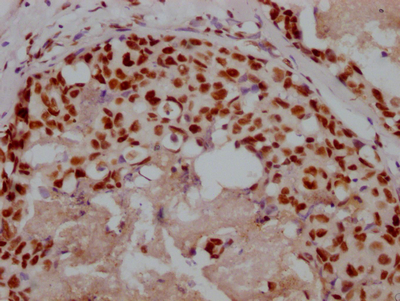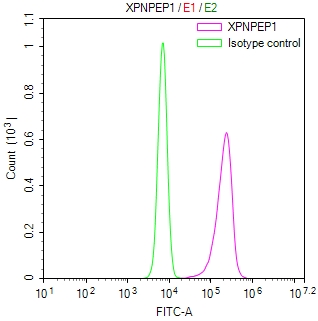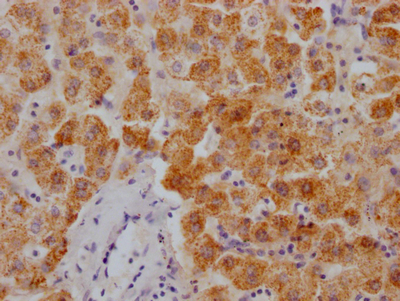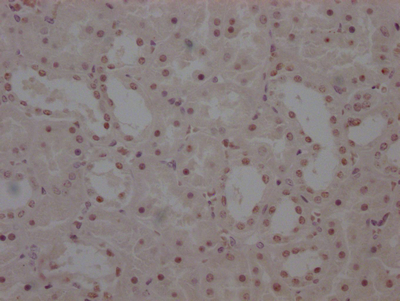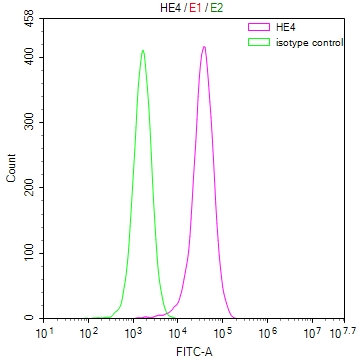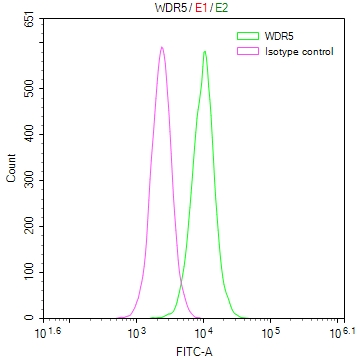GIMAP7 Antibody, FITC conjugated
-
中文名称:GIMAP7兔多克隆抗体, FITC偶联
-
货号:CSB-PA818820LC01HU
-
规格:¥880
-
其他:
产品详情
-
产品名称:Rabbit anti-Homo sapiens (Human) GIMAP7 Polyclonal antibody
-
Uniprot No.:
-
基因名:GIMAP7
-
别名:GIMAP7 antibody; IAN7GTPase IMAP family member 7 antibody; Immunity-associated nucleotide 7 protein antibody; IAN-7 antibody
-
宿主:Rabbit
-
反应种属:Human
-
免疫原:Recombinant Human GTPase IMAP family member 7 protein (1-273AA)
-
免疫原种属:Homo sapiens (Human)
-
标记方式:FITC
-
克隆类型:Polyclonal
-
抗体亚型:IgG
-
纯化方式:>95%, Protein G purified
-
浓度:It differs from different batches. Please contact us to confirm it.
-
保存缓冲液:Preservative: 0.03% Proclin 300
Constituents: 50% Glycerol, 0.01M PBS, PH 7.4 -
产品提供形式:Liquid
-
储存条件:Upon receipt, store at -20°C or -80°C. Avoid repeated freeze.
-
货期:Basically, we can dispatch the products out in 1-3 working days after receiving your orders. Delivery time maybe differs from different purchasing way or location, please kindly consult your local distributors for specific delivery time.
-
用途:For Research Use Only. Not for use in diagnostic or therapeutic procedures.
相关产品
靶点详情
-
功能:The dimer has GTPase activity; the active site contains residues from both subunits.
-
基因功能参考文献:
- The crystal structure of GTP-bound GIMAP7 shows a homodimer assembled via the G domains, with the helical extensions protruding in opposite directions. PMID: 23454188
-
亚细胞定位:Lipid droplet. Cytoplasm. Endoplasmic reticulum. Golgi apparatus. Note=Colocalizes with GIMAP2 on the surface of cytoplasmic lipid droplets.
-
蛋白家族:TRAFAC class TrmE-Era-EngA-EngB-Septin-like GTPase superfamily, AIG1/Toc34/Toc159-like paraseptin GTPase family, IAN subfamily
-
组织特异性:Most abundantly expressed in spleen, lymph nodes, and fetal kidney, but also present in the heart and the small intestine. Lower expression levels are found in lung, kidney, liver, and thyroid, salivary, and mammary glands. Also detected in the thymus. De
-
数据库链接:
Most popular with customers
-
-
YWHAB Recombinant Monoclonal Antibody
Applications: ELISA, WB, IHC, IF, FC
Species Reactivity: Human, Mouse, Rat
-
-
-
-
-
-


